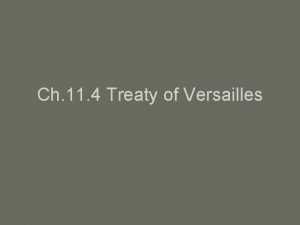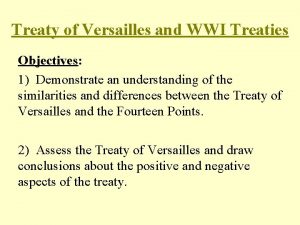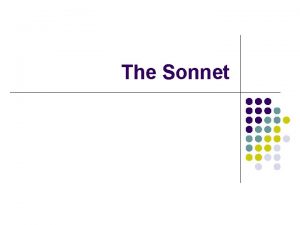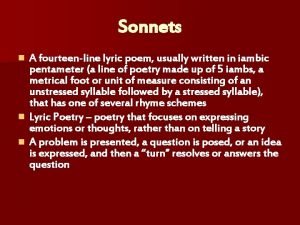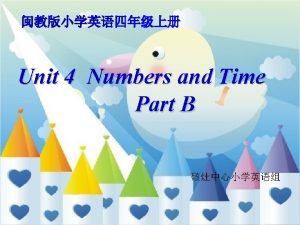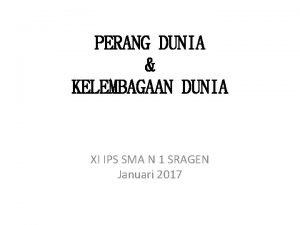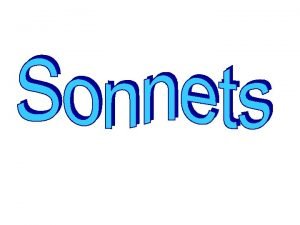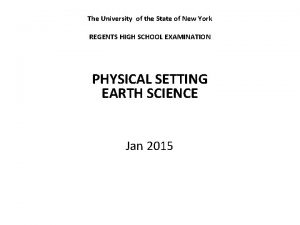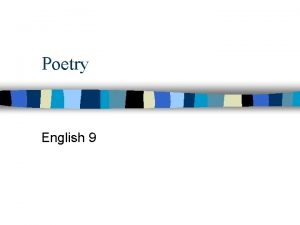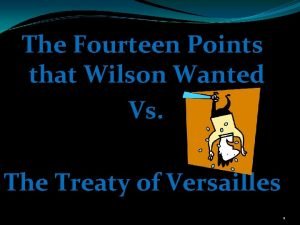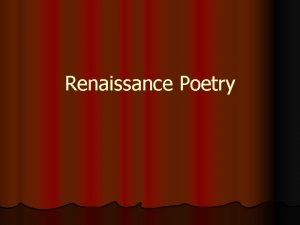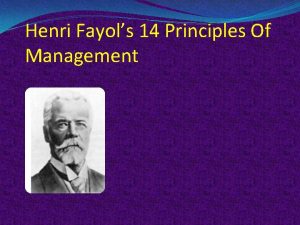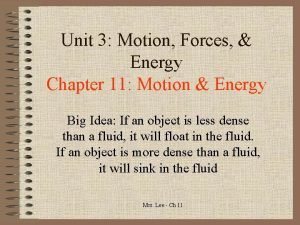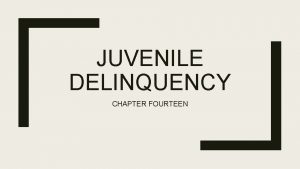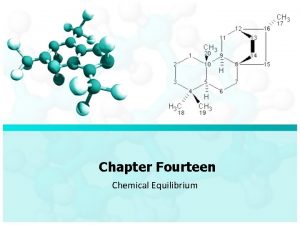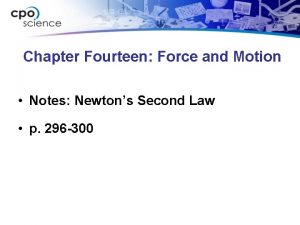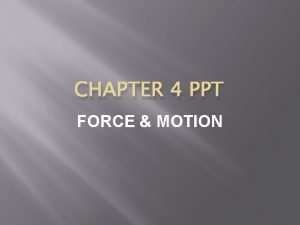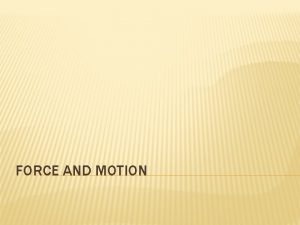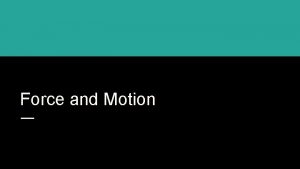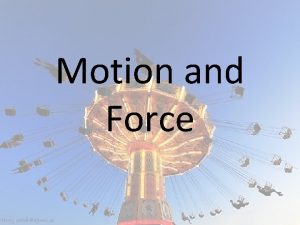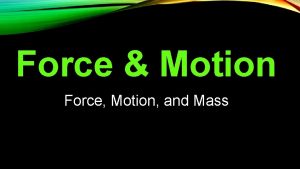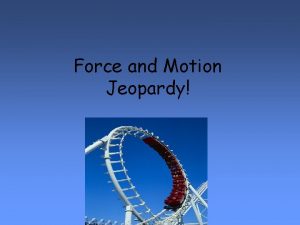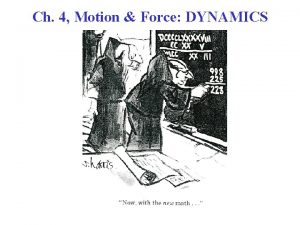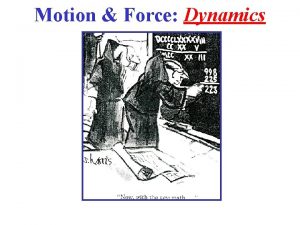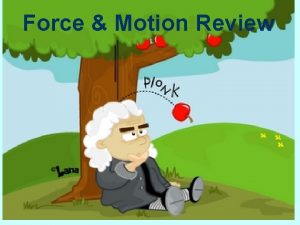Motion and Force Chapter Fourteen Force and Motion




















- Slides: 20


Motion and Force

Chapter Fourteen: Force and Motion • 14. 1 Newton’s First and Third Laws • 14. 2 Newton’s Second Law

Investigation 14 A Force and Acceleration • What happens when force is applied to something that can move?

14. 1 Force changes motion • A force is a push or pull, or any action that is able to change motion.

Law of inertia • • • Newton’s first law says that objects continue the motion they already have unless they are acted on by a net force. If the net force is zero, an object at rest will stay at rest. If an object is acted upon by unbalanced forces, its motion will change.


14. 1 Force changes motion • Forces can be used to increase or decrease the speed of an object, or to change the direction an object is moving.

14. 1 Law of inertia • • Inertia is the property of an object that resists changes in motion. Objects with more mass have more inertia and are more resistant to changes in their motion. Which ball has more inertia?

14. 1 The net force • • Newton’s first law is often written in terms of the net force: “An object at rest will stay at rest and an object in motion will continue in motion at constant velocity UNLESS there is a net force. ”

14. 1 Newton’s Third Law • Newton’s Third Law (actionreaction) applies when a force is placed on any object, such as a basketball.


14. 1 The Third Law: Action/Reaction • Newton’s Third Law states that every action force creates a reaction force that is equal in strength and opposite in direction. • There can never be a single force, alone, without its action-reaction partner.

The Third Law: Action/Reaction • • One force acts on the ball, and the other force acts on the hand. It doesn’t matter which force you call the action and which the reaction. The forces do not cancel because we can only cancel forces acting on the same object.

14. 1 Action and reaction • When sorting out action and reaction forces it is helpful to examine or draw diagrams. One force acts on the ________, and the other force acts on the ________.

14. 1 Action and reaction forces ome guidelines to help you sort out action and forces: re always present whenever any force appears. always have the exact same strength. always act in opposite directions. always act on different objects. re real forces and can cause changes in motion.

14. 1 Collisions • • Newton’s third law tells us that any time two objects hit each other, they exert equal and opposite forces on each other. The effect of the force is not always the same.

14. 1 Collisions • When a large truck hits a small car, the forces are equal. • The small car experiences a much greater change in velocity much more rapidly than the big truck. Which vehicle ends up with more damage?

Physics Connection Rockets: Out of This World Travel • Robert Goddard (1882 to 1945), an American scientist, concluded that it was possible to travel to space. He launched the first liquid-fueled rocket in 1926.

Activity Making a Spool Car • Newton’s three laws can be used to explain the motion of everyday objects. • In this activity you will build a car and apply Newton’s laws to explain how it works and why it moves as it does.
 Wilson's fourteen points and the treaty of versailles
Wilson's fourteen points and the treaty of versailles Fourteen points and treaty of versailles similarities
Fourteen points and treaty of versailles similarities Sonnet examples
Sonnet examples What is a 14 line lyric poem
What is a 14 line lyric poem Eleven twelve thirteen fourteen fifteen
Eleven twelve thirteen fourteen fifteen Kelembagaan dunia
Kelembagaan dunia It is the star to every wand'ring bark
It is the star to every wand'ring bark The diagram below represents the placoderm fish
The diagram below represents the placoderm fish A fourteen line poem with prescribed rhyme of scheme
A fourteen line poem with prescribed rhyme of scheme Siya ang may akda ng fourteen points
Siya ang may akda ng fourteen points Poem self pity
Poem self pity A 14 line lyric poem
A 14 line lyric poem Siya ang may akda ng fourteen points
Siya ang may akda ng fourteen points Lyric poem with 14 lines
Lyric poem with 14 lines Teoryang feminismo-markismo
Teoryang feminismo-markismo Fourteen one act play summary
Fourteen one act play summary What are the fourteen principles of management
What are the fourteen principles of management Crosby's fourteen steps to quality improvement
Crosby's fourteen steps to quality improvement Why did president wilson propose his fourteen points
Why did president wilson propose his fourteen points Chapter 11 section 3 motion and force answer key
Chapter 11 section 3 motion and force answer key Mrs lee chapter 11
Mrs lee chapter 11
